how to grow herbs indoors
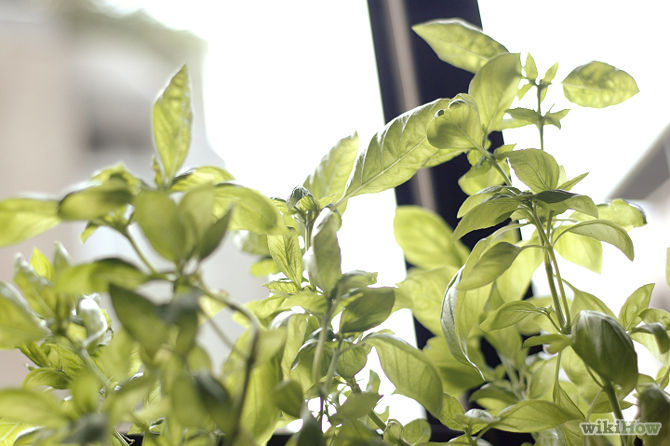
1
Provide
adequate light. The
goal is a vegetative light cycle (18 hours of light at least), with
eight or more hours of direct sun or bright artificial light. If you
need lots of an herb, you will need to take care of the herb's lighting
needs. For example, basil and coriander (cilantro) need just a bit more
light than other herbs, and really prefer 8 hours or more of direct
light each day. In addition to this, if you want fresh pesto, just a
pinch here and there is not going to cut it. Here's what you can do
about it:
- Whenever the light levels are low, give them a boost. Two or three fluorescent lights above your plants will greatly increase growth and yield. You can grow enough basil for a few servings of pesto now and then and still have enough always at your fingertips.
- With a small metal halide light, you would have a larger area with better lighting. You could produce an abundance of any herbs you choose for your culinary and aromatic delights. Basil would take well to the bright conditions under a metal halide, as it is a Mediterranean, sun-loving herb.
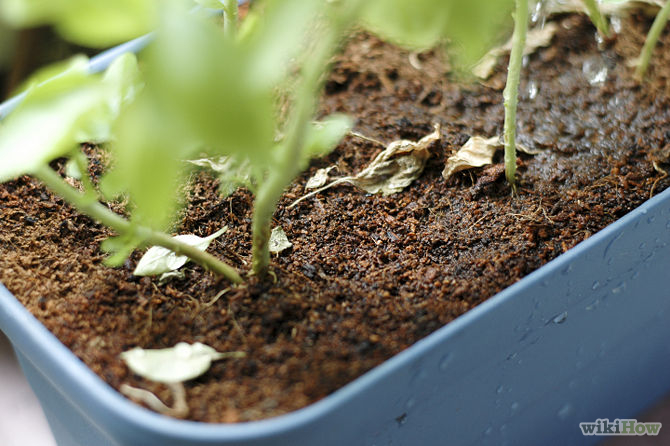
2
Select
the proper soil. Some
herbs grow better in poor soil, as they can develop a stronger flavour.
The oils in herbs make them special. Very fast growing herbs often grow
plain leaves and stems more quickly than they can produce tasty
essential oils. Often you will hear, "Basil grows better in poor soil,"
or, "Your basil will taste better if you don't fertilize". What is
really meant here is, "Don't grow your basil too fast." (Basil is an
example to which this applies).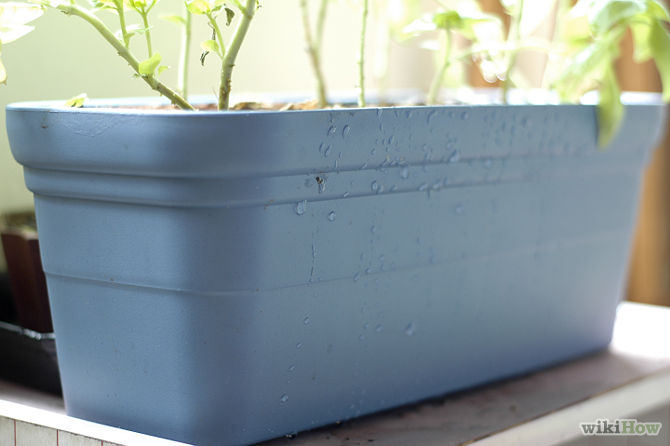
3
Correctly
set up your containers. When
growing in a container it is a little different. The plant still needs some food
to grow, and when that food runs out you will need to fertilize.
However, as you will see next, this is all taken into consideration
together with the growth habits of your herbs:
- To keep initial growth rates in control, use a soil mix with just enough nutrients. Mix 2 parts coir (coconut fibre) compost to 1 part perlite, and then add 20 percent worm castings. Test the pH of any mix, and if it is acidic, add one gram of hydrated lime for every litre of soil mix. Or, you can substitute with vermiculite, which does not need pH adjusting. Finally, add 1 tablespoon of kelp meal for each gallon of soil to add plant hormones and to give beneficial micro-organisms something to feed on. Use this mix whenever you transplant.
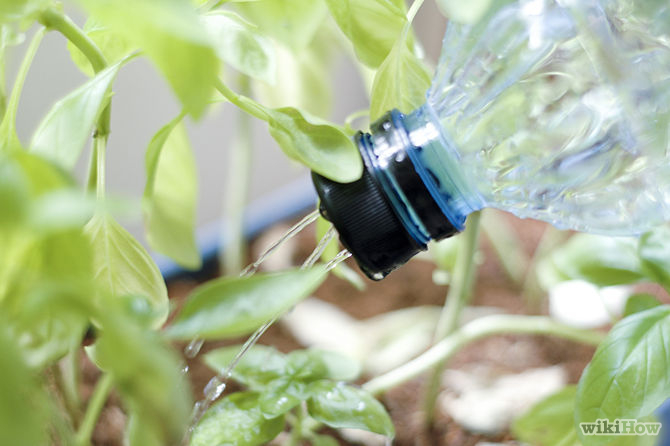
4
Know
when to water. If
the surface of the soil feels dry, you need to water. Another way to
tell is to pick up the container and check how heavy it is. Your herbs
like their soil to drain fast. You need to have containers with holes
in the bottoms, and you need to add a layer of broken roof tiles (slate
is ideal) or other small flat stones, or a centimetre or so of perlite
or gravel to the bottom of each container as you transplant. It is best
to water thoroughly but less often. Water the container until some
water comes out of the bottom, but don't over-water.
5
Start
feeding your plants after 10 or so days. When
the herbs have been in any container for ten days or more, you need to
begin feeding them. In a container, the roots are stuck in a small
space and will quickly mine it free of any nutrients, especially if you
have been going easy on the nutrients to begin with. Feed with
half-strength nutrient such as Maxsea 16-16-16 every two weeks.
6
Give
an additional boost to your herbs. If
you really want to keep your plants healthy, it is recommended to use
10 ml/gallon B1 plant mix and liquid seaweed in every drop of water you
give to your plants. The B1 consists of vitamins and root hormones, and
the seaweed is trace nutrients and plant growth hormones. This will
help with essential oil production. Finally, water basil from around
the base; it does not like water on its leaves.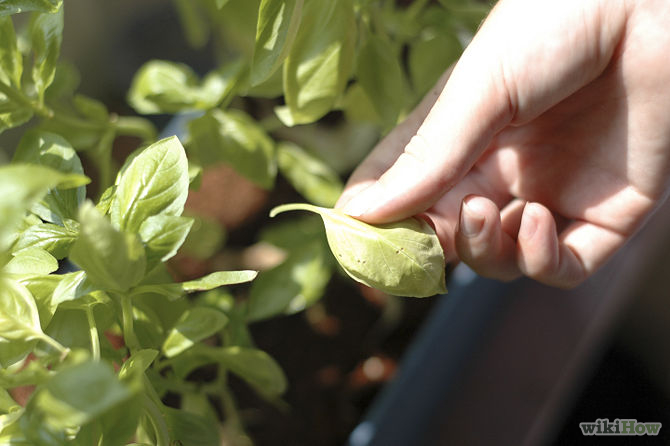
7
Use
your herbs when they're ready. As
soon as the herbs have grown enough leaves to be pinched without
affecting their growth, you can begin using some of the herbs. This
usually takes about 4 to 6 weeks, depending on the herbs. Herbs like
basil are best when harvested before flowers open. You will get your
highest essential oil levels when you harvest at the end of the dark
period, assuming you do not leave the lights on 24 hours a day.